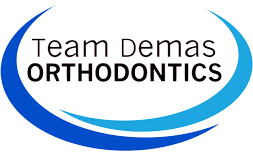
by | Aug 2, 2016 | General Articles, Invisalign, Invisalign Teen, Orthodontic Treatments, Team Demas Orthodontics
Invisalign is quickly becoming the preferred choice for uncomplicated teeth correction. Invisalign uses a set of plastic trays on the teeth to gradually straighten teeth and correct biting issues without damaging the teeth while providing an esthetically pleasing appearance.
The Invisalign Treatment Process
The first step in receiving the Invisalign treatment is to consult orthodontists in Southington experienced with the Invisalign process. The best orthodontist in Southington to begin the Invisalign process will fit your needs financially, and provide a comfortable environment in 6 months to two years. The first step with your orthodontist will involve a consultation to discuss your individual needs in fine detail to access if you are a fit for Invisalign. Next, concerns about the insurance, dental health and costs will be addressed.
After all preliminary factors are established, a treatment plan is generated with teeth impressions, x-rays and pictures. Your orthodontist will show how your teeth will be shifted as well as the duration of the treatment. Custom-made plastic aligners are then manufactured from the impressions taken and presented to you with the instructions to wear them each day, with the exceptions of mealtimes and times of dental hygiene. New aligners are typically assigned to an individual every two weeks, which are gradually altered to increase pressure on the teeth.
Read more…
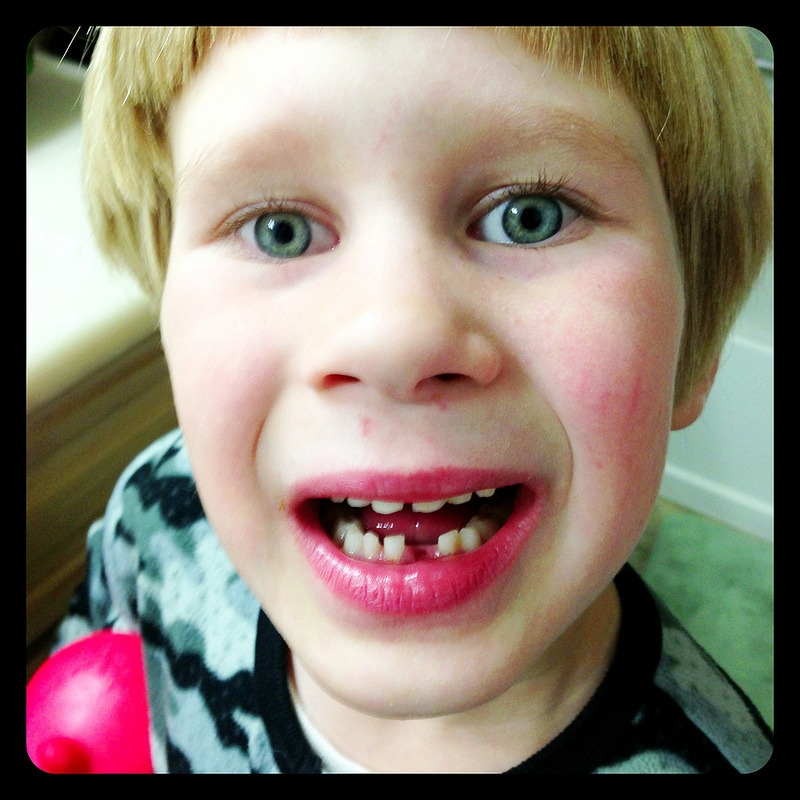
by | Jul 5, 2016 | General Articles, Invisalign, Invisalign Teen, Orthodontic Treatments, Team Demas Orthodontics
Today’s orthodontists are true craftspeople, blending the best of modern science together with the highly individualized care required to craft the perfect smile for each patient. As such, the timing of orthodontic treatment

gif courtesy of giphy.com
and the timing of other types of tooth repairs must be carefully coordinated to achieve the best and fastest results.
One of the most common questions new patients have for our orthodontists in Southington is about how to handle missing teeth and post-orthodontic care spaces between the teeth. There are several ways to approach this common issues and the chosen approach will be tailored to the patient’s personal treatment needs and goals.
In this post, learn more about options for filling in spaces, replacing missing teeth and creating a smile to enjoy and share for a lifetime.
What Causes Tooth Gaps and Spaces Even After Orthodontic Care?
The reason orthodontic care today is so individualized is because each patient’s mouth is totally unique.
Read more…
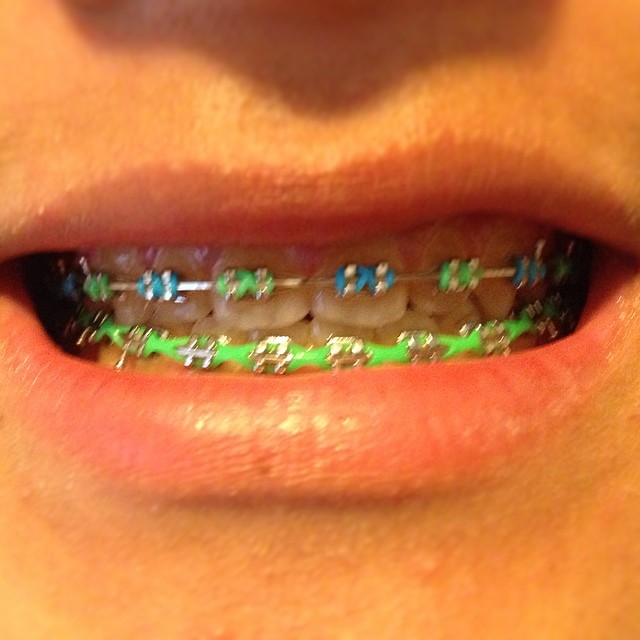
by | Jun 7, 2016 | General Articles, Invisalign, Invisalign Teen, Orthodontic Treatments, Team Demas Orthodontics
Many children often have anxiety or fear about the idea of getting braces because they do not know what to expect. However, if you can give your child a clear idea about what will happen during the process of getting braces, you can

gif courtesy of giphy.com
help them to feel more comfortable and calm. Though the braces process is lengthy, knowing what to expect from the whole experience can keep it from being unpleasant for your child. Here are answers to all of the questions your child might have about getting braces installed and removed.
Will Getting Braces Hurt?
This is normally the biggest question that patients have when they are trying to learn what they should expect while getting braces. The process of getting bits of metal installed in your mouth might seem intimidating, but it is actually perfectly comfortable. Braces installation merely consists of gluing the brackets to the teeth and having an arch wire attached to the brackets with elastic bands. At most, your child may feel a very slight bit of pressure while the braces are installed. In the next few days, there may be some discomfort because the teeth are slowly being shifted to a new position and the rough metal surfaces may slightly irritate the inside of the mouth. However, this can be managed with over the counter pain medication, and orthodontic wax can be used to smooth any rough spots that are causing mouth sores.
Read more…
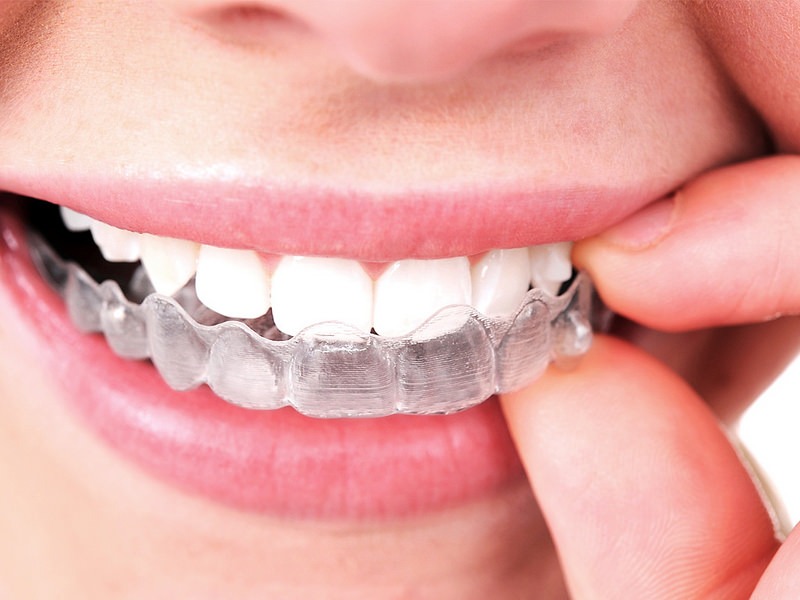
by | May 10, 2016 | General Articles, Invisalign, Invisalign Teen, Orthodontic Treatments, Team Demas Orthodontics
According to statistics, more than 1 million people get braces placed on their teeth each year. Braces are a hot commodity in the world today, and they are becoming even more popular with all the available alternatives. Teens
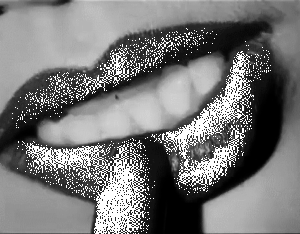
gif courtesy of giphy.com
and adults alike can enjoy braces because of the alternatives. No one has to choose the traditional metal braces anymore, although they still have amazing benefits to them. Traditional braces are not only some of the sturdiest types of braces, but they are also still affordable. However, some patients have specific reasons that they would rather not ask for a traditional alignment system. The modern orthodontic patient can now walk into a local orthodontics Southington office and ask about the following alternatives to traditional metal braces and brackets:
Lingual Braces: Behind the Scenes
Lingual braces provide an alternative to patients who want the sturdiness of the traditional metal brackets but not all of the obviousness. Lingual braces are metal braces that fit on the back of the teeth. They are an exceptional alternative for teenagers and adults who do not want to be labeled with the “brace face” label. Lingual braces are more expensive than traditional braces are, because of the intricate procedure that the orthodontist has to complete. Getting the braces on the back of the teeth is much more complex than putting them on the front of the teeth. The procedure is more time consuming, as well. Therefore, lingual braces require more money than traditional brace do. The orthodontist’s office will be able to help a client to avail with such braces.
Read more…

by | Apr 12, 2016 | General Articles, Invisalign, Invisalign Teen, Orthodontic Treatments, Team Demas Orthodontics
Children are the pride and joy of parents. Often, parents will overlook little flaws in their kids. However, when it comes to oral health, it is better to pay attention to little details which can cause great problems in the future.
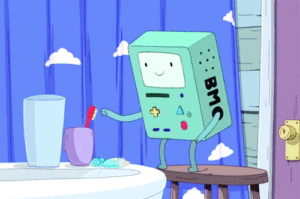
gif courtesy of giphy.com
Common Problems
Children with overbites, gaps between their teeth and crowded teeth need their problems fixed, not overlooked. Ignoring the dental problems of young people will not make them go away. Left untreated, major problems can develop. Crowded teeth are hard to floss and brush correctly. Over and under bites can cause jaw pains.
Concerns
Parents, especially mothers, worry that fixing the problems with orthodontics will cause pain to the child. This may prevent some parents from considering orthodontic appliances that can help the child to have a healthy smile. We have to understand that, even though some orthodontic appliances can be uncomfortable, the end results will actually ease the pain the child could suffer.
Read more…

by | Mar 29, 2016 | General Articles, Invisalign, Invisalign Teen, Orthodontic Treatments, Team Demas Orthodontics
If you are finally making the decision to move ahead with orthodontic treatment Southington has to offer, congratulations! Not only will you have the smile that you always wanted after the orthodontic treatment with adult

gif courtesy of giphy.com
braces Southington provides, but you will also have a healthier smile. Properly aligned teeth are easier to keep clean, ensuring your teeth will last into your golden years. In addition, you are less likely to have problems such as TMJ disorders or sleep apnea when your teeth and bite align properly. As you prepare for your journey with braces, you are sure to have many questions. Your orthodontist is your best source of information and will be your guide every step of the way. One of the greatest concerns you are likely to have is caring for your teeth while you have braces affixed to your teeth.
What About Brushing My Teeth?
If you are going to opt for traditional braces, you will have metal brackets that are actually bonded to the surface of your teeth with metal wires running through them to apply the proper amount of tension. It is this constant tension on your teeth that will gradually shift them into the desired position. When you have brackets on your teeth, brushing can be a challenge. As a general rule of thumb, you are advised to brush your teeth twice a day. This same guideline can be applied to braces. Plan on brushing in the morning and at night. You are likely to find that this isn’t enough when wearing braces because food tends to get trapped between the brackets and wires. To keep your teeth healthy and free from debris, you can plan on brushing after meals as well.
Read more…

